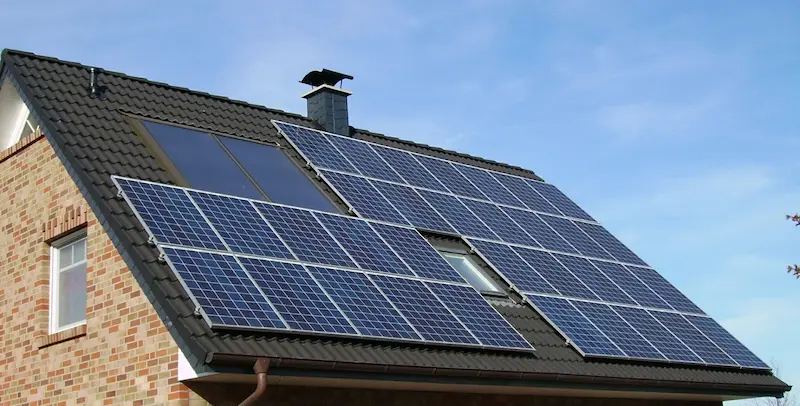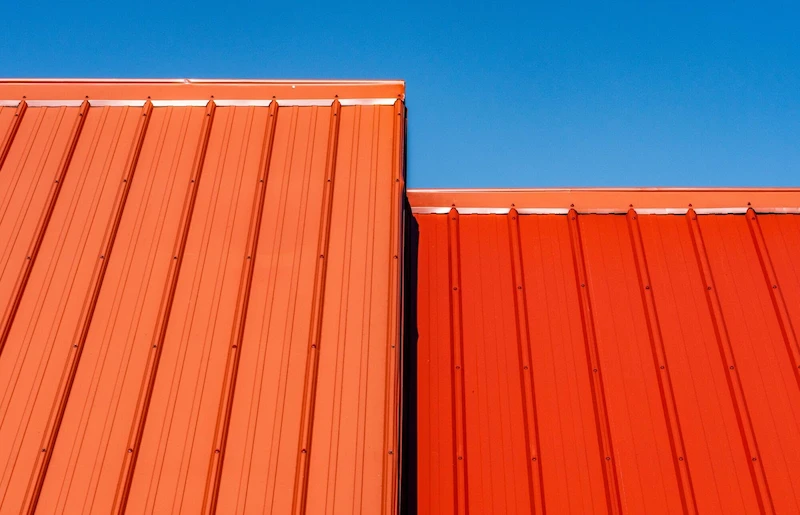Table of Contents
Upgrading your roof is a significant investment that can greatly enhance your home’s durability, energy efficiency, and curb appeal. Whether you’re dealing with an aging roof that shows signs of wear and tear or simply looking to modernize and refresh your home’s appearance, understanding the available options is essential for making the best decision. This guide explores six key roof upgrades that can provide long-term benefits, improve your home’s functionality, and increase your property’s overall value. From selecting the right materials to considering energy-efficient solutions, these upgrades offer a range of possibilities to suit varying needs and budgets.
Choosing the Right Roofing Material
Selecting the right roofing material is a critical step in any roof upgrade. Each material comes with its own set of advantages in terms of durability, aesthetics, and maintenance needs. Asphalt shingles are a popular choice for their affordability and ease of installation, while metal roofs offer long-lasting protection and are highly resistant to extreme weather. For homeowners looking for a more distinctive look, clay or slate tiles provide both style and excellent thermal performance. If you’re uncertain which material is best for your home, you could choose https://roofxusa.com/roofing/lebanon/ or consult another roofing expert to get personalized recommendations based on your location and budget. Understanding the pros and cons of each option will help you make an informed decision that meets your needs and enhances your home’s overall appeal.
Adding Insulation for Energy Efficiency
Improving your roof’s insulation can lead to significant energy savings by maintaining a comfortable indoor temperature year-round. Proper insulation reduces the need for excessive heating and cooling, lowering your utility bills and minimizing your environmental footprint. There are various insulation materials available, including fiberglass, foam, and cellulose, each with its own set of benefits. Enhancing your roof’s insulation also helps prevent moisture buildup, which can protect against mold and structural damage. Assess your current insulation levels and consider upgrading to a higher R-value to maximize energy efficiency.
Installing Ventilation Systems

A well-ventilated roof is important for preventing heat and moisture accumulation, which can compromise the integrity of your roofing structure. Effective ventilation systems, such as ridge vents, soffit vents, and attic fans, facilitate the circulation of air, reducing the risk of condensation and overheating. Proper ventilation extends the lifespan of your roof by mitigating the effects of temperature fluctuations and humidity. Moreover, it contributes to a healthier indoor environment by reducing the likelihood of mold growth. When planning a roof upgrade, ensure that your ventilation system is adequately designed to match the size and type of your roof.
Incorporating Solar Panels
Integrating solar panels into your roof design is an excellent way to harness renewable energy and decrease your reliance on traditional power sources. Solar panels lower your electricity bills while boosting your home’s market value and attractiveness to eco-conscious buyers. Modern solar technologies are more efficient and aesthetically pleasing than ever, making them a viable option for various roofing materials. Before installation, evaluate your roof’s orientation, shading, and structural capacity to determine the best placement for maximum energy generation. In addition, investigate available incentives and rebates that can offset the initial investment.
Enhancing Roof Aesthetics with Colors and Textures
Upgrading the color and texture of your roofing material can transform the look of your property, making it stand out in the neighborhood. Light-colored roofs can reflect sunlight, helping to keep your home cooler, while darker tones can add a touch of elegance and sophistication. Textured shingles or tiles can provide a unique finish that complements your home’s architectural style. When selecting new colors and textures, consider the surrounding environment and the existing exterior elements to achieve a harmonious and attractive look.
Implementing Smart Roof Technologies
Embracing smart roof technologies can enhance the functionality and efficiency of your roofing system. Innovations such as cool roofs, green roofs, and integrated rainwater harvesting systems offer modern solutions to traditional roofing challenges. Cool roofs use materials that reflect more sunlight and absorb less heat, reducing cooling costs and mitigating urban heat island effects. Green roofs, covered with vegetation, provide natural insulation, improve air quality, and manage stormwater runoff. Smart roofing systems can also include sensors that monitor the condition of your roof in real time, allowing for proactive maintenance and reducing the likelihood of costly repairs.
Upgrading your roof is a strategic decision that can yield numerous benefits, from improved energy efficiency and enhanced aesthetics to increased property value and sustainability. By carefully selecting the right materials, enhancing insulation and ventilation, incorporating solar panels, and embracing modern technologies, you can create a roofing system that meets your current needs and adapts to future demands. Take the time to evaluate your options and consult with roofing professionals to ensure your roof upgrade project is successful and long-lasting.
Want to explore something different? How to Fix Common Air Conditioning Problems at Home

